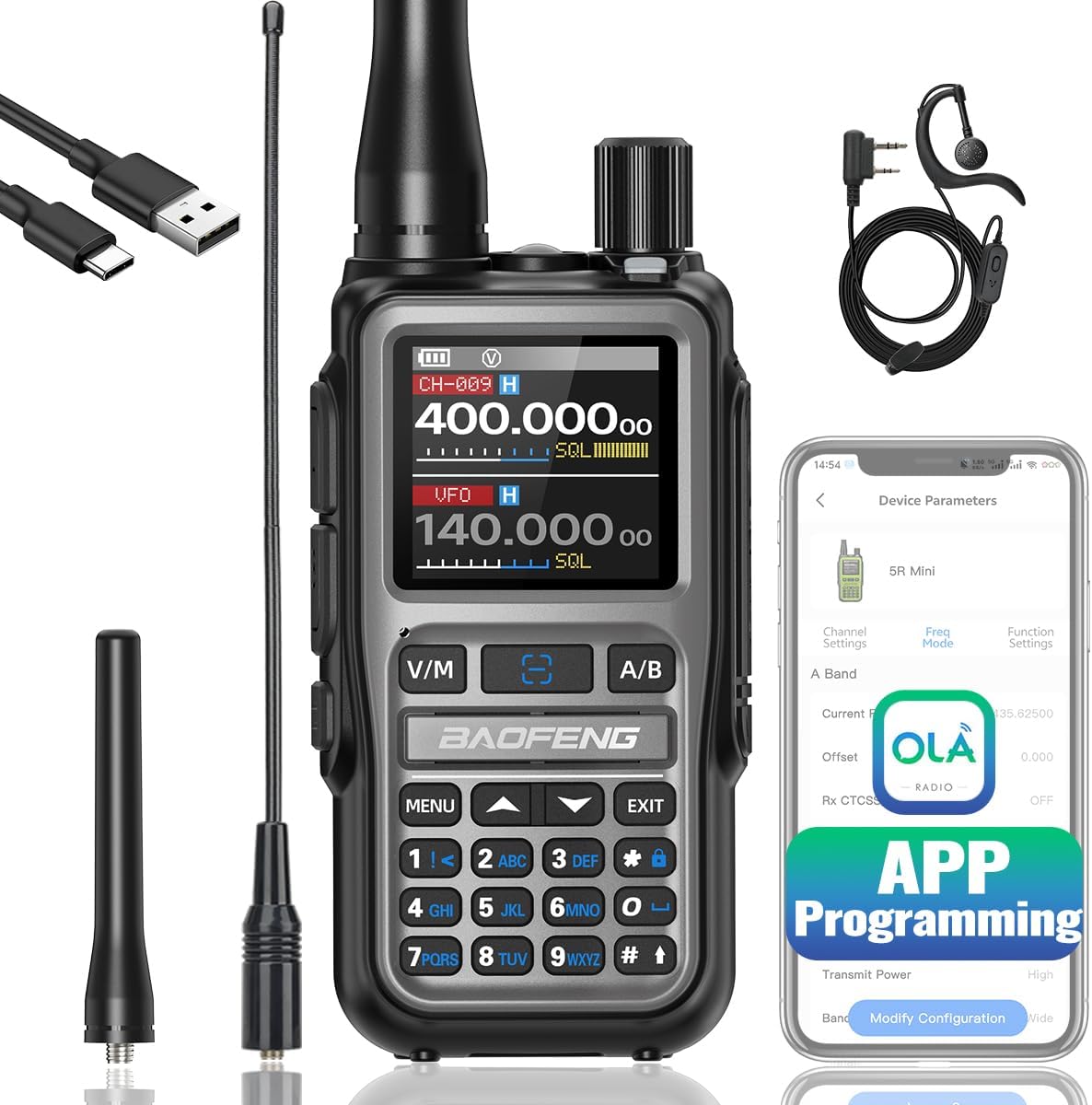
High Frequency (HF) ham radio operations cover a frequency range from 3 to 30 MHz, which includes bands like 80m, 40m, 20m, 15m, and 10m. Choosing the right antenna is crucial for effective communication. In this article, we’ll explore various types of HF antennas, their advantages, disadvantages, and tips for selecting the best option for your needs.
The Basics of HF Antennas
Why Antennas Matter
Antennas are the link between your radio and the airwaves. Their design, size, and orientation affect your transmission quality and reception capabilities. Understanding how different antennas work will help you make informed decisions based on your operating conditions, space, and desired frequencies.
Key Considerations
- Space: How much room do you have for your antenna? Some designs require significant real estate.
- Height: Elevation can greatly impact performance. Higher antennas generally provide better propagation.
- Band Usage: Different antennas perform better on specific bands. Consider which frequencies you’ll use most.
Common Types of HF Antennas
1. Dipole Antenna
- Description: The simplest and most common type of antenna, consisting of two equal-length conductors.
- Advantages:
- Easy to build and install.
- Good performance on multiple bands with appropriate design (e.g., multiband dipoles).
- Disadvantages:
- Requires a relatively large space, especially for lower bands.
- Performance can be affected by nearby objects.
2. Vertical Antenna
- Description: A vertical antenna is a single element that stands upright, often ground-mounted.
- Advantages:
- Space-efficient, making it suitable for smaller properties.
- Omnidirectional radiation pattern is beneficial for local and regional communications.
- Disadvantages:
- Typically requires a good ground system (radials) for optimal performance.
- May be less effective for DX (long-distance) communication compared to horizontal antennas.
3. End-Fed Antenna
- Description: A long wire antenna fed at one end, suitable for various bands.
- Advantages:
- Easy to install and can be deployed in limited space.
- Can work well as a multiband antenna with an appropriate matching device.
- Disadvantages:
- May require a matching transformer for optimal impedance matching.
- Performance can be inconsistent depending on installation.
4. Inverted V Antenna
- Description: A variation of the dipole, with the center elevated and the ends sloping down.
- Advantages:
- Good compromise between height and space.
- Offers a broad radiation pattern, suitable for multiple bands.
- Disadvantages:
- Similar space requirements to a dipole, though slightly more forgiving.
- Performance can be affected by the angle of the slope.
5. Loop Antenna
- Description: A closed-loop antenna can be circular or square, often used for both transmitting and receiving.
- Advantages:
- Can be installed in small spaces, including around property edges.
- Offers good performance on multiple bands and tends to be quieter due to its design.
- Disadvantages:
- Requires precise construction for best results.
- Can be more complex to tune.
Selecting the Right Antenna
1. Assess Your Environment
Evaluate your available space, nearby structures, and potential interference sources. If you're limited on space, vertical or end-fed antennas might be more suitable.
2. Determine Your Primary Use
If you plan to engage in local communication, an omnidirectional antenna like a vertical may serve you well. For long-distance operations, consider a dipole or inverted V, which typically offer better performance at higher elevations.
3. Budget and Skills
Consider your budget and skill level. Some antennas are easy to build (like dipoles), while others might require more specialized knowledge and materials (like loops).
Conclusion
HF antennas are a critical component of effective ham radio operations. By understanding the different types available and considering your specific circumstances, you can choose an antenna that meets your needs. Whether you're a newcomer or a seasoned operator, the right antenna can enhance your experience and help you make meaningful connections across the globe. Happy transmitting!

No comments:
Post a Comment